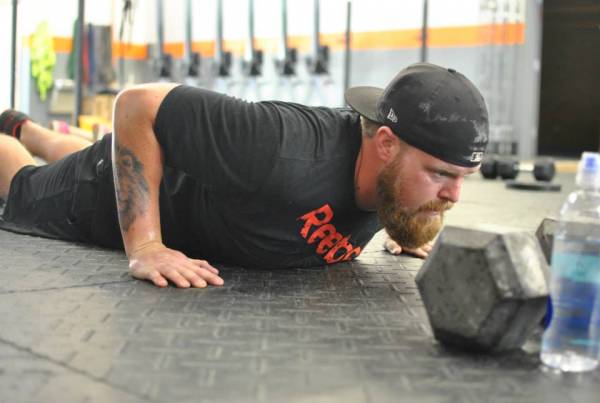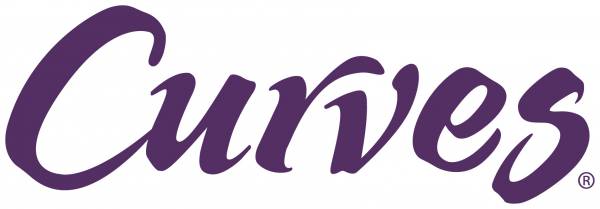Not long after I got my start in the fitness, people started asking me what the best core exercises were. This was the year 2000 and with droves of fitness customers asking for core training came innovations like Bosu balls and suspension training.
RELATED: Science Tests the Effectiveness of the TRX
Core Conditioning – Fad or Trend?
It seemed every exercise in the previous decade was a core exercise and you couldn’t find a gym anywhere not offering core-specific programming like Pilates mat classes and group exercise programs with names like Ab Lab or Core Blast.
Core conditioning was been one of the biggest trends to hit the fitness industry and in many ways still permeates fitness culture. In part, the trend was the general population’s recognition of the importance of stability and training from the inside out. Our core is the foundational element from which we breathe, move, and sustain our postural structure.
“The distinction is that fitness fads come and go, while fitness trends change the way we approach exercise.”
Of course, equally if not more pronounced in core training was the emphasis of the outside more than the inside. That is, when it comes to the popularity of core-based exercise, some just want a flatter mid-section, feeling somehow core conditioning is the way to achieve that result.
The Relationship Between a Fad and a Trend
The core-conditioning example shows perfectly the relationship between fitness fad and fitness trend. The general trend of core conditioning has been around for decades – from the yoga and Pilates movements to newer concepts like traditional strength training exercises on a balance modality such as a Bosu.
RELATED: Is Mobility Just a Fad?
The core-conditioning trend has also spawned fads like 8 Minute Abs and the Ab Roller. The distinction is that fitness fads come and go, while fitness trends change the way we approach exercise.
Here’s a breakdown between fad and trend – and what it means to you.
The Definition of a Trend
Trend: (n) “a general direction in which something is developing or changing.”
In general, trends tend to be longer lasting, crossing over industries, and have roots in deeper societal currents. Fads tend to be industry specific, shorter in duration, and trivial in their underlying meaning. Fads are the proverbial flash in the pan.
RELATED: Unilateral Leg Training, Part 1: Historical Perspectives
A good case in point is technology. How we interact with technology from smart phones to the Internet has changed every facet of our lives across every industry. In the fitness industry, we have seen technology impact the way we train from the explosion of fitness-based apps, to web-based coaches and trainers, to applications like real-time heart rate and calorie monitoring. Technology and how we interact with it isn’t a fad. It isn’t going anywhere in our lives at home or work, and it isn’t going anywhere in our fitness lives either.

Contrasted with technology, some of the biggest recent trends to hit fitness are about as old school as you can get. The kettlebell and bodyweight exercises come to mind. While new-school technology gives us access to new and in-depth information, this information has led us to circle back to old tried-and-true ways to move the body, such as functional and bodyweight training.
RELATED: Maxick Teaches Us the Lost Art of Muscle Control
Old school training delivers results – running, jumping, squatting, and doing push and pull-ups always have and always will get the job done. Both old school and new school are trends that are here to stay because they aid in producing long-term and lasting results.
The Definition of a Fad
an intense and widely shared enthusiasm for something, especially one that is short-lived and without basis in the object’s qualities; a craze.”
Synonymous with “fad” is the word “gimmick,” and the fitness industry has had its fair share of them. Look no further than the Shake Weight and the ThighMaster. But fitness fads are not just comical infomercials and white elephant gag gifts. They are usually correlated with a trend (like the Ab Roller and core conditioning.) Curves is also an example of a fad correlated with a trend (obesity and a deconditioned population).
“While Curves made their customers feel comfortable and got them moving, they had no answer for the question ‘what’s next?’ In fitness, this is the only question that matters.”
At one time, Curves was a fitness juggernaut with over 10,000 locations and a designation as the world’s largest fitness franchise. Now, it’s hard to find a Curves in your neighborhood. In the fitness community, Curves is on the outside looking in. Since it’s peak in 2007, North American Curves locations have declined by 65%.
At first glance, the Curves concept seemed brilliant. Give deconditoned clients a place where they feel welcome, can find community, and exercise with simple-to-use stations. This is all well and good for a new exerciser, but then what? Exercise by its inherent nature is dynamic and challenging, and the problem in the Curves model is that results based in and around a simple circuit do not last.
While Curves made their customers feel comfortable and got them moving, they had no answer for the question “what’s next?” In fitness, this is the only question that matters.

The Distinction Between a Fad and a Trend
The distinction between fad and trend is an important one. Trends tell us the direction the tide is moving. They give us access to new information and different ways to participate in various activities.
Fitness fads tell us information we want to hear. This diet food tastes great or this exercise is easy and produces great results. Fads tell you there is a short cut or a simple answer to a complex dilemma.
RELATED: Evolutions in the Fitness Industry
Fads can be harmless fun. (I have certainly enjoyed plenty of good laughs about the Shake Weight.) But fads are harmful in that they distract you from the real meaning of fitness – which is you.
Your journey in fitness and wellness is all about the process of facing yourself, exploring what makes you tick, and making the necessary adjustments along the way. The body is dynamic and constantly evolving. What works for you today will not necessarily work tomorrow.
A trend can help you see new things and enhance your fitness for the long term. A fad is a quick fix with short-term and temporary result. Do yourself a favor and skip the fads.
References:
1. Karsten S., “Crash Diet: After Shedding Thousands Of Locations, Can Curves Get Back In Shape?” Forbes. June 16, 2014
Photo 1 courtesy of Shutterstock.
Photo 2 courtesy of CrossFit Impulse.
Photo 3 courtesy of Curves.






